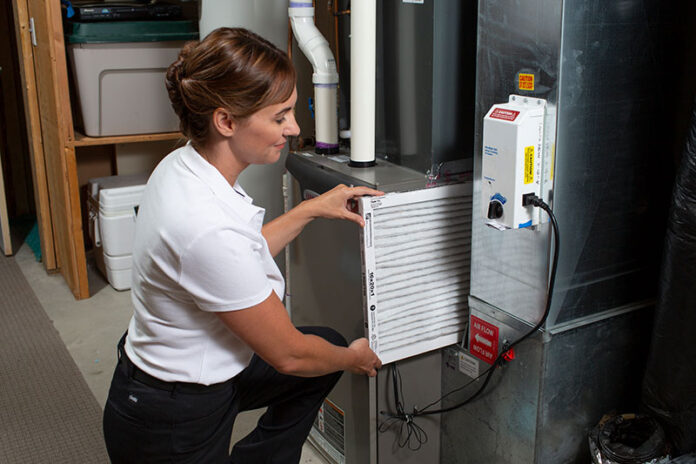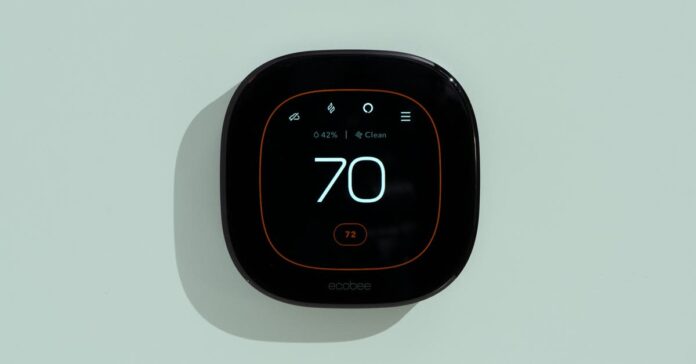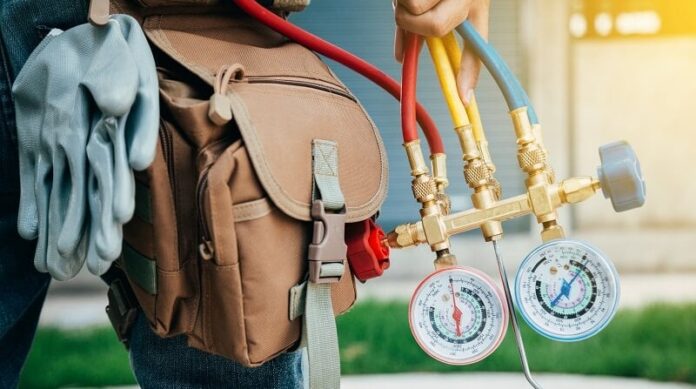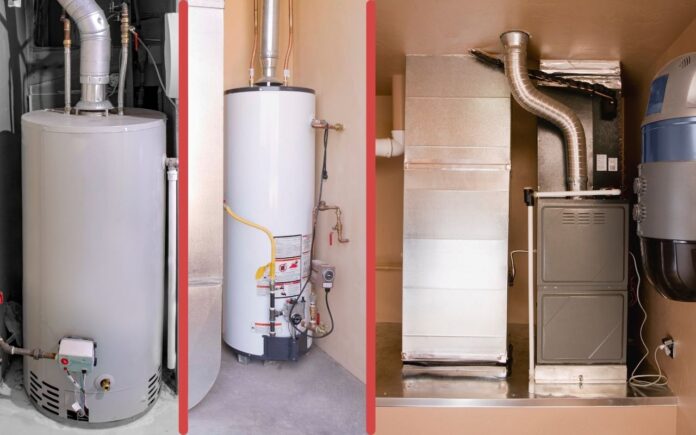The onset of winter can necessitate some attention towards your furnace. Here are a few useful tips to ready your furnace for the chilly months. Think about the first frosty day of the season. You start your heater after a long hiatus, only to discover that it’s not warming up your house.
Despite the thermostat showing the heat is on, you feel no change in temperature. With colder weather predicted for the rest of the day, the prospect of a cold house can be daunting.
Sure, you could request an emergency visit from an HVAC technician. However, since many others might be facing similar issues, you might have to wait. To avoid such an inconvenient situation, it’s prudent to do some yearly furnace maintenance before winter arrives. Here’s how to go about it.
Begin by Checking the Filter

A lot of dust can accumulate on your filter when the furnace is in use. One of the simplest ways to optimize your system’s performance is to change the filter. Therefore, before starting your heating for the winter, buy a high-quality furnace filter and replace the old one.
Professionals advise changing your filter at least every three months. However, to prevent a thick layer of dust from accumulating on your filter and to ensure maximum efficiency, it’s advisable to inspect it every month and replace it as required.
Test Your Heating System in Autumn
Another useful tip for winter furnace preparation is to ensure your heating system functions properly. The most effective method is to switch your system on in autumn and set it higher than your home’s usual temperature.
Once the system starts, listen for any unusual sounds and sniff for any odd smells. Initially, you might notice a burning smell, which could just be dust burning off inside the system. This smell should dissipate after running the heater for a bit.
However, if you smell something akin to burning plastic or electrical wiring, it’s advisable to get a professional inspection. Experts can also conduct a thorough cleaning of your furnace’s more complex parts. You can clean dust off the surface of your furnace with a damp microfiber cloth.
Consider Installing a New Thermostat

Another aspect to consider while preparing your furnace for winter is replacing your old thermostat with a more energy-efficient one. You can opt for a programmable thermostat or upgrade to a smart thermostat.
Both types of thermostats allow you to manage your home’s energy usage more effectively. With a programmable thermostat, you can set temperatures and timings. It will then regulate your home’s heating levels overnight and while you’re at work.
A smart thermostat offers the same benefits but adds the convenience of being controllable from your smartphone or smartwatch. So, even if you forget to set your thermostat, you can do it remotely, ensuring you don’t return home to a freezing house.
Four main categories of thermostats offer different features and controls over temperature settings: manual thermostats, which require users to manually adjust settings with no automation; programmable thermostats, which allow users to program automated temperature changes with options like 5-2, 5-1-1, and 7-day flexible scheduling.
Wi-Fi thermostats that add wireless connectivity for remote access and convenience on top of programmable controls; and smart thermostats with the most advanced capabilities like learning technology to optimize settings based on usage patterns, HVAC system monitoring to detect potential problems, and features like touchscreens and energy use tracking.
The categories differ in their level of convenience, efficiency, and sophistication of controls.
Ensure All Fire and Carbon Monoxide Detectors Are Working
Since a malfunctioning furnace can cause a fire or release carbon monoxide, it’s wise to ensure your smoke and carbon monoxide detectors are working. Start by replacing their batteries and consider upgrading to newer models if they’re outdated.
Check for Less Obvious Issues
Sometimes, your furnace can have issues that are easy to fix but hard to spot. Here are a few things you might want to look for that aren’t immediately apparent.
Check the Pilot Light
One issue could be that your pilot light isn’t on. Resolving this might be as simple as relighting it or pressing an ignition button. However, if you smell gas or don’t know how to light the pilot, it’s best to call a professional.
Inspect the Circuit Breaker
Another potential issue could be with your power supply. Before you assume your heating system is malfunctioning or needs replacing, check the circuit box. It’s possible that the circuit was switched off, especially if recent repairs were conducted in your home.
Or, there might be a short in the wiring which caused the circuit to trip. In such cases, the issue may not be with your HVAC system, and you might need to call an electrician.
Consider Hiring a Professional for an Annual Inspection

There are several things you can do to prepare your furnace for winter. However, it might be beneficial to hire a professional heating and cooling company for an inspection to ensure it’s ready. Here are some tips for hiring an HVAC professional.
Start by checking online reviews
Find a nationally certified HVAC contractor
Ask friends, neighbors, and colleagues for recommendations
Find out the cost of the inspection
Look for special offers to save money
Interview potential companies
Get a written estimate
If you hire a professional, they might determine that you need a new furnace. The cost of a new furnace, including the unit and installation, can range from $1,500 to $9,500, depending on the type you need. If a new furnace doesn’t fit into your budget, some companies offer financing plans for buying a new system.
Getting your furnace inspected and tuned up before winter sets in is the best way to avoid getting caught off guard by a malfunctioning unit when you need it most.
While DIY maintenance like changing filters and testing your heating system can help, there’s no substitute for having an HVAC professional give your furnace a thorough look-over. The cost of an annual inspection is small compared to the expense and hassle of emergency repairs or complete furnace replacement should a problem arise mid-winter.
Taking the time for proper furnace preparation also gives you peace of mind that your home’s heating system is ready to withstand old man winter’s icy grip. Investing in some preventative care ensures you’ll stay warm no matter how cold it gets.




